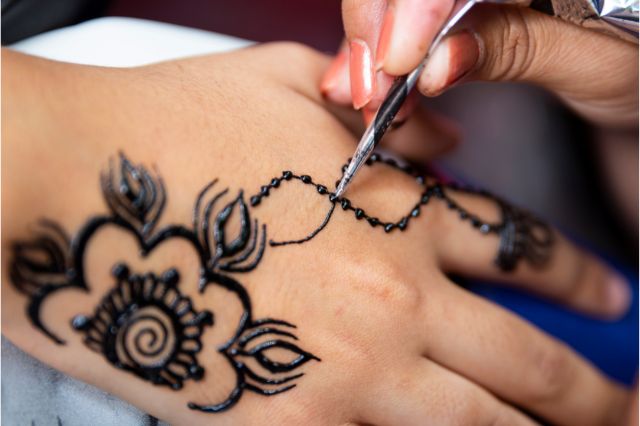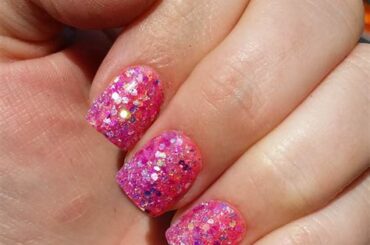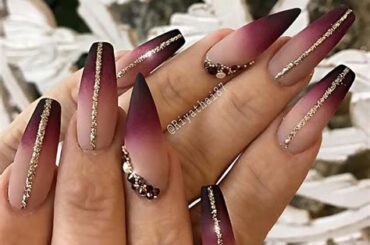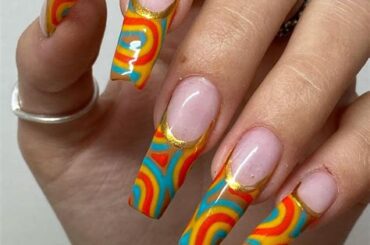Although henna is used all over the body due to its many benefits that we did not know about, we knew henna as a dye applied to the hands and hair. You don’t need to be an expert to use it on hair. This powdery substance, which has a green color, is turned into a dye by adding olive oil, tea infusion (steeping) and warm onion peel water (onion peel kept waiting in water).
This recipe should be used warm. The mixture should not be too liquid to prevent it from flowing, and it should not be too solid to be applied. Soaking the onion peel in water is beneficial in terms of giving it color, as well as adding eggs to nourish the hair. As a hair dye obtained from completely natural materials, henna gives density to the hair. It stops hair loss and the problem of dandruff is also eliminated.
Why is henna so useful because it provides the oil and moisture balance of the hair. You can also use coconut oil instead of olive oil. The hair is even better nourished if you add almond oil. If you use a glove while mixing the ingredients, your hands will not be covered in the paint. You can use henna on your hands just to give color, but you may also not prefer the orange color on your hands. One advantage of it is that the hair keeps and protects its color for a long time.

When Is The Best Time
One of the drawbacks of applying henna and going to bed at night is that everywhere becomes henna. No matter how much you wrap your hair, the oils in it can drip. If you want the hair roots to get stronger, it is recommended to wait for six hours. If you don’t have time to do this during the day, it’s not a bad idea to put the pillowcase in a plastic bag and cover it with a thick towel.
The towel can be easily washed with stain remover. Do not forget that you are working with something that is color giving and deceived by the appearance of henna. It paints everything it touches, and take your precautions. After the dyeing phase is over, it will be sufficient to wrap your hair with a cling film. Before mixing all the ingredients, add four spoons of henna and mix with your hands.
Despite everything, if your hands have henna and you do not want it, you can try to remove it with a mixture of lemon and baking soda. Henna is a creative material that you can then try with walnut shells and cloves. If you want a very guaranteed orange or red color, you should always follow the same recipe.





